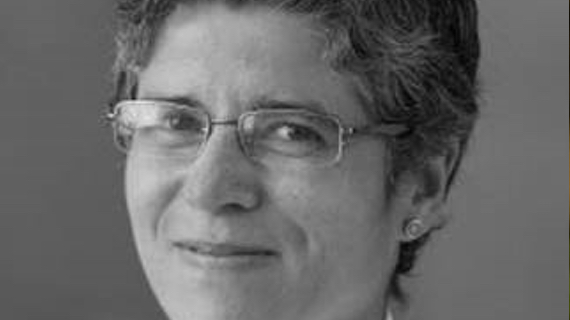Cláudia Barbosa
Waking and sleeping parafunctions – paradigm

- Dentist (FMDUP)
- MsC Oral Rehabilitation (FMDUP)
- PhD in Biotechnology and Health, Epidemiology and Public Heath (UFP)
- Auxiliar Professor UFP-FCS
- Headmaster of Fisiatry and Dental Occlusion of the Integrated Master in Dental Medicine UFP-FCS
Nationality: Portugal
Scientific areas: Occlusion
8 of november, from 09h30 until 10h00
Auditório D
Conference summary
Oral parafunction is a collective term referring to a wide range of behaviors involving the oral and facial muscles and occurring without a functional purpose, either during wakefulness or during sleep. Parafunctional behaviors are very common and the literature has suggested for many decades that these behaviors are a possible cause of temporomandibular disorders (TMDs).
Currently, better detection and identification of parafunctional behaviors has shown that they are strongly associated with chronic TMD pain, as well as with specific diagnostic TMD subgroups. Recent evidence indicates that parafunctional behaviors are a significant predictor for first life-time temporomandibular disorder onset. Suggested mechanisms by which frequent parafunctional behaviors operate include increased muscular tension in the masticatory muscles and increased load on the temporomandibular joints, as well as central mechanisms.
From a clinical point of view, and in the context of TMDs, dentists must evaluate not only the presence of oral parafunctions but, more importantly, the frequency in order to better direct treatment.